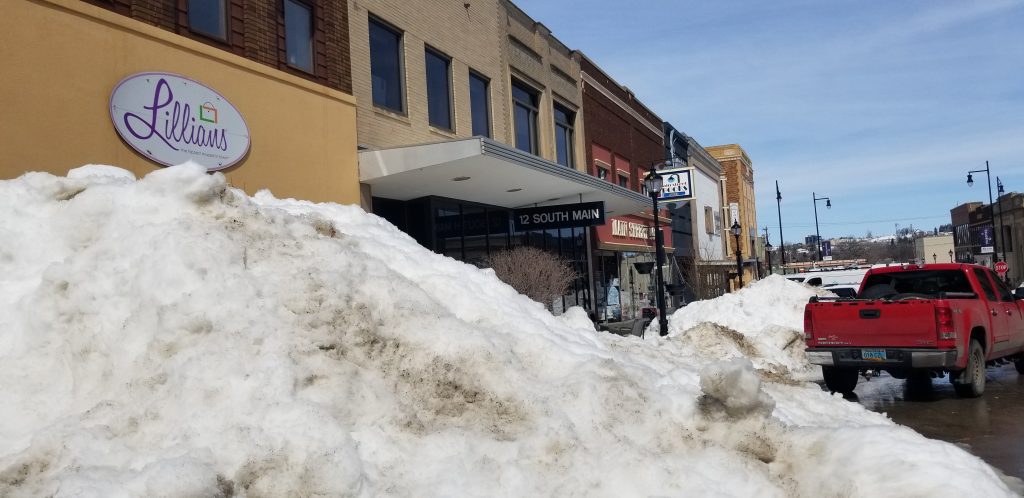

MINOT — You shovel it. Push it. Despise it. Curse it. Maybe even take a little pride in digging out of it.
Ah, you persevered a whopper of a North Dakota blizzard, and in late April of all things, and have a true tale of a real record breaker to enthrall listeners throughout the ages.
Not so fast. That story line is really nothing more than a tall tale, the kind politicians tell to win elections. With just a little fact checking, the entire narrative melts away.
Sure, you were entombed in your home for two, three, or four days and your vehicle was buried under more snow than you’ve ever seen in your lifetime. But was it really a record?
Officially, no. At least not according to the folks at the National Weather Service who keep very accurate track of such things. Not so much as a snowflake can fall without them knowing about it. Well, almost. Point is, they are quite meticulous about maintaining a proper record book.
You were in snow above your waist. Your snowblower went through seven tanks of gasoline. You were passed out in your easy chair, completely exhausted from lifting, shoving, pushing snow multiple times for several days. And now the Weather Service says it’s just another snowfall?
Yes, they do. Sure, they have intrepid meteorologists who have witnessed the blizzard results firsthand and perused through countless photographs sent to them by North Dakota residents. But, alas Minoters, it was no record.
How can that be?
Here’s the official explanation offered by the NWS:
“A report of particular interest from the recent blizzard was a 36.0 inch snowfall total from the Minot area. While there is inherent difficulty in snow measurements when heavy snow combines with high winds, there is no reason to doubt this as a reasonable estimate based on the number of measurements and pictures provided to NWS Bismarck.
However, records for the official Minot climate data have to be taken at the official observing site, by official observers. An NWS Cooperative Observer is the official snowfall reporter for Minot. In order to ensure a reliable climate record, even valid public reports from other locations cannot be used to assign new records.
The distance between the Minot Cooperative Observer, which reported 20.0 inches for the event, and the 36.0 inch report is nearly 6 miles, which is an additional factor that complicates the comparison between public snow reports and the continuity of consistent record from the Minot climate data.
While the 36.0 inch public report from the Minot area is a valid report, it cannot be used to break the existing Minot snowfall record. That record is 34.0 inches with a storm that ended on April 28, 1984, which was established at the official climate site in Minot.
Regardless, this was a significant storm for western and central North Dakota. Several counties in western and central North Dakota did set one-day, two-day, and three-day snowfall records, even though Ward County and Minot were not on that list.”